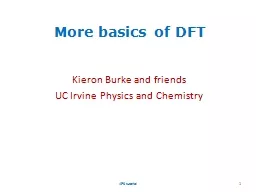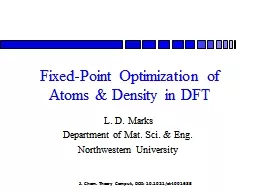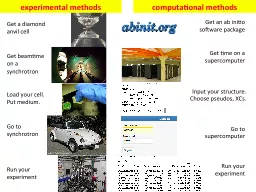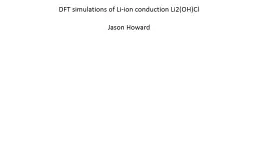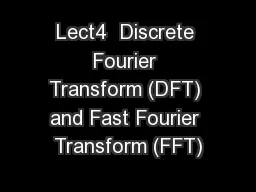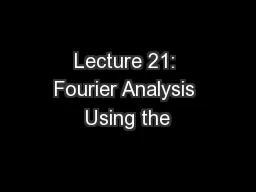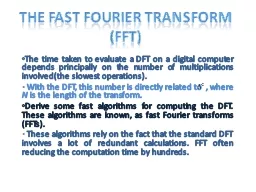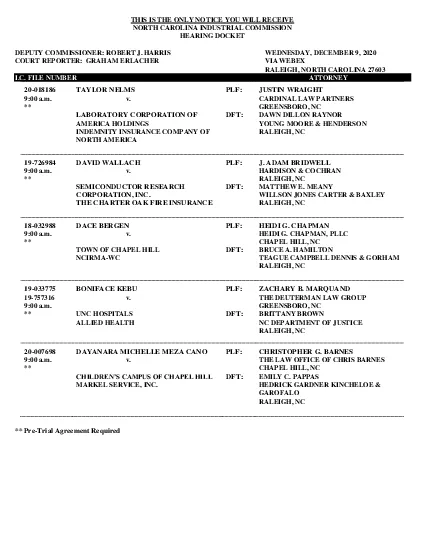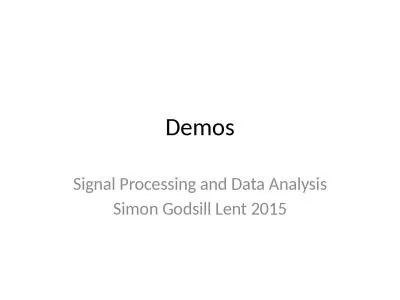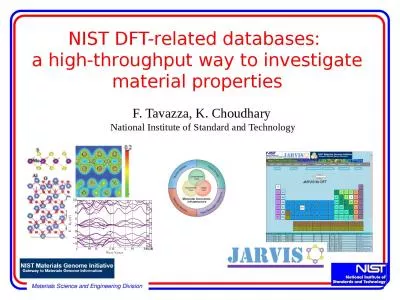PPT-More basics of DFT
Author : briana-ranney | Published Date : 2015-11-17
Kieron Burke and friends UC Irvine Physics and Chemistry 1 APS tutorial References for groundstate DFT ABC of DFT by KB and Rudy Magyar httpdftuciedu A Primer
Presentation Embed Code
Download Presentation
Download Presentation The PPT/PDF document "More basics of DFT" is the property of its rightful owner. Permission is granted to download and print the materials on this website for personal, non-commercial use only, and to display it on your personal computer provided you do not modify the materials and that you retain all copyright notices contained in the materials. By downloading content from our website, you accept the terms of this agreement.
More basics of DFT: Transcript
Download Rules Of Document
"More basics of DFT"The content belongs to its owner. You may download and print it for personal use, without modification, and keep all copyright notices. By downloading, you agree to these terms.
Related Documents

